The Best Way To Learn Slovenian
Take The Easy Path To Learn Slovenian Language With The Ling App
Why Learn Slovenian with Ling?
Discover The Easy Path To Hard Languages. Learn Slovenian with Ling! Slovenian stands out amongst other Slavic languages due to its takes to learn the language. With audio recordings by native Slovenian speakers, lessons solely dedicated to the Slovenian alphabet, and more, learn with Ling – the best app to learn Slovenian. Learn Slovenian online now!
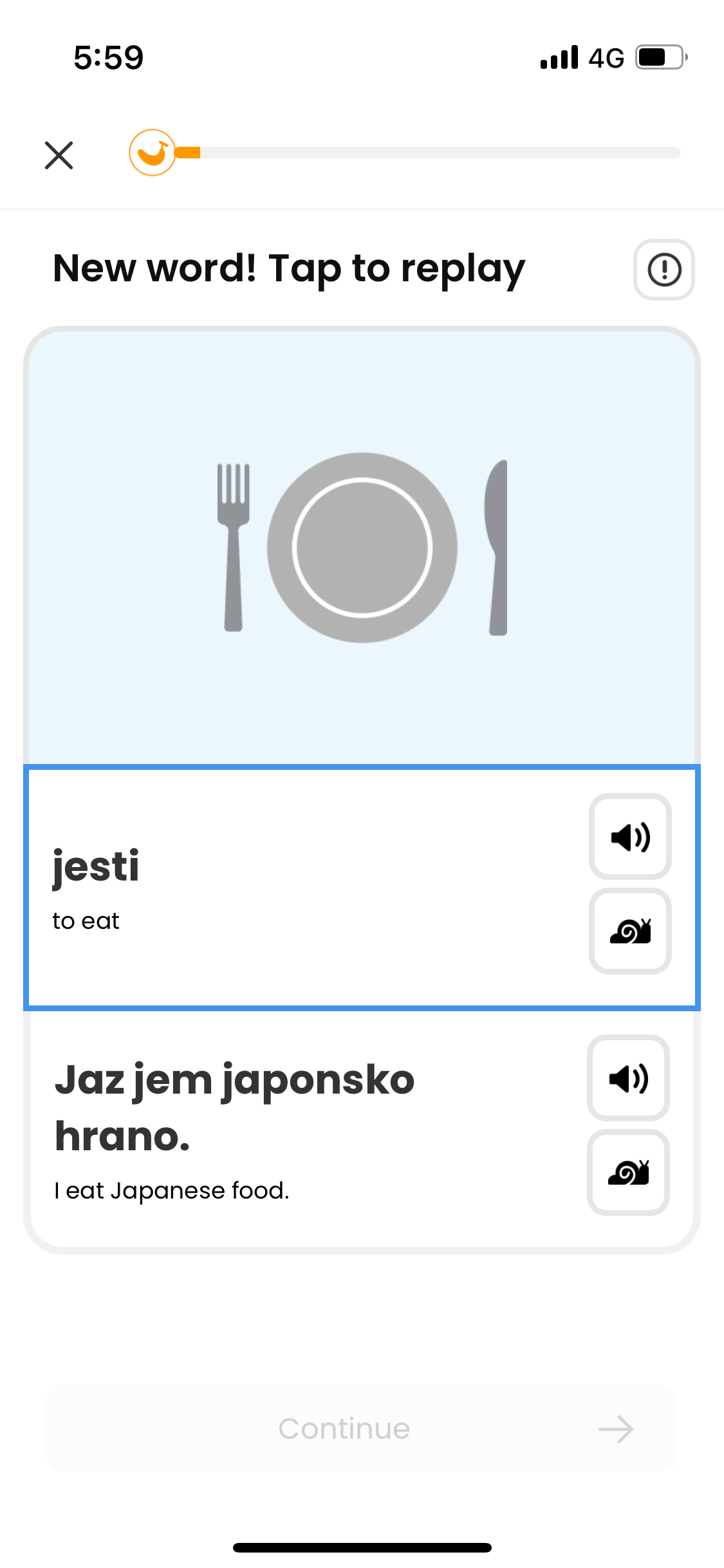
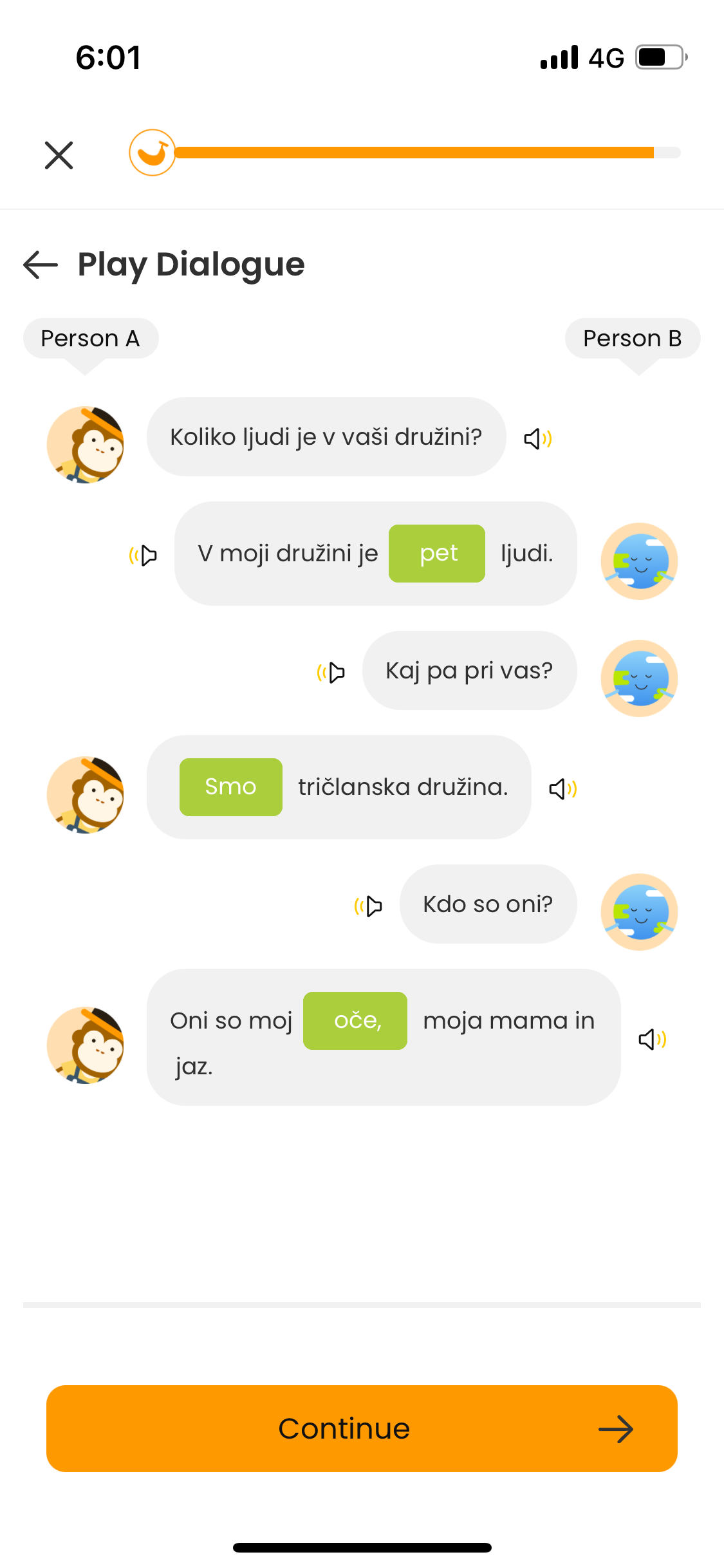
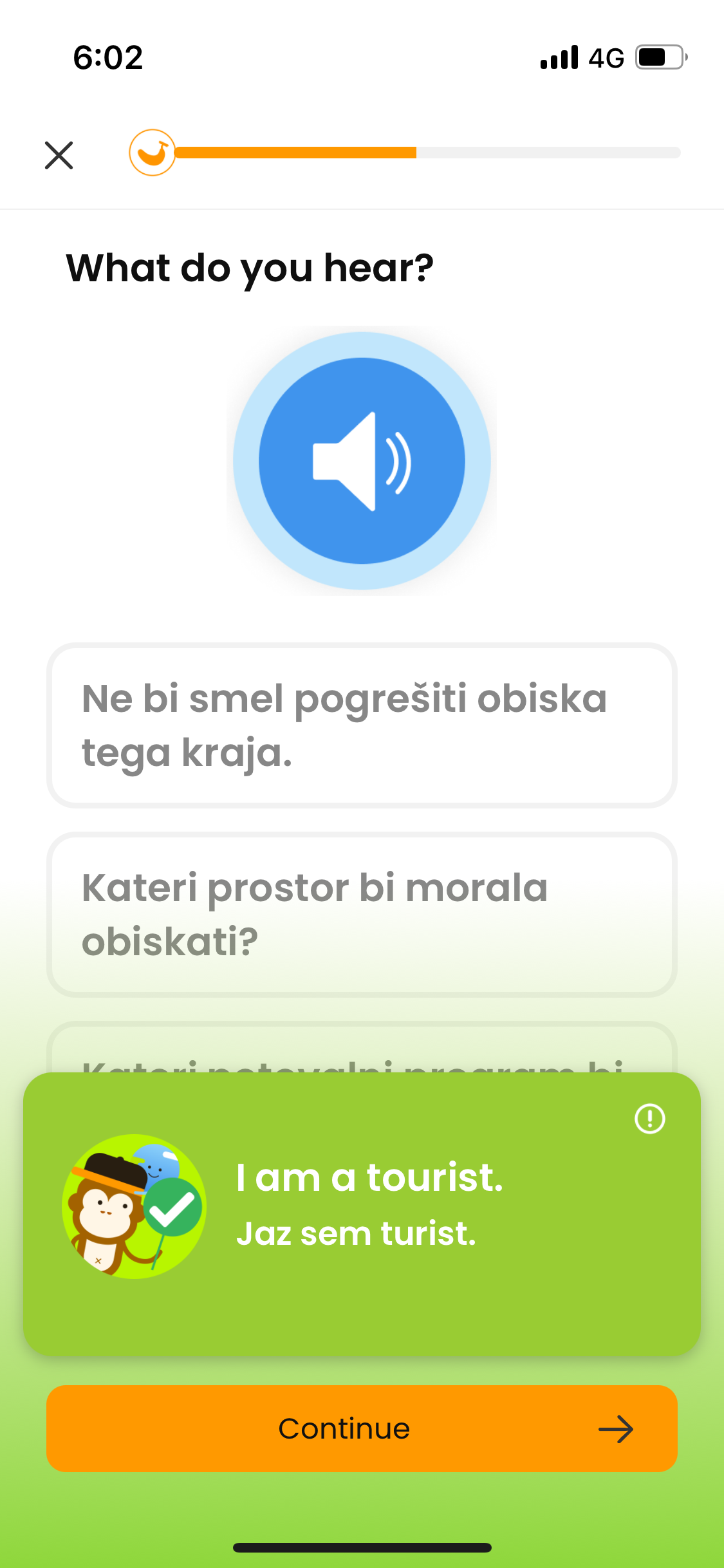
Quick Slovenian Must-Knows
Want to know more about the language in Slovenia? Here are some must-knows!
Number of Speakers: 2.5 million
Official or National Language of: Slovenia (also spoken in Italy, Austria, Croatia, Hungary, Serbia, and more)
Region: Eastern Europe Language Family: Indo-European, Slavic
Writing System: Latin-based, left-to-right
Tonal or Non-tonal Language: Non-tonal, syllable-timed
Basic Word Order: Subject-Verb-Object (SVO)
Fun Slovenian Language Facts
1
Rich in Dialects
The Slovenian language has a remarkable number of diverse dialects. There are 50+ regional dialects spoken across the country, each with its own unique pronunciation, vocabulary, and grammar.
2
Preservation Efforts:
Slovenian has a strong tradition of language preservation and promotion. Despite being a minority language in the global context, there have been huge efforts to maintain and cultivate the language through education, literature, media,
and cultural initiatives.
3
Unique Idioms and Expressions:
Slovenian has its share of unique idioms and expressions that may seem amusing or quirky to non-native speakers. For example, the expression stari maček (literal translation “old cat”) is used to refer to someone experienced or wise.
Did You Know This About Slovenia?
Beekeeping Tradition: Slovenia has a long-standing tradition of beekeeping and is home to one of the oldest beekeeping traditions in the world! The Carniolan honey bee, native to Slovenia, is one of the most popular bee breeds globally due to its gentle nature and excellent honey-producing abilities.
Crazy Cave Systems: Slovenia has 14,000+ registered caves? Dive into the Slovenian language with Ling before your trip to the Slovenia caves to learn more about these natural wonders. One of Slovenia’s most famous caves, the Postojna Cave, is home to the intriguing Olm, the largest cave-dwelling animal globally, known for its unique appearance and entirely aquatic lifestyle.
Survival Slovenian Vocabulary and Phrases
Ever wondered how to say hello in Slovenian? Or wanted to read the renowned Slovenian fairy tales on your own? Now you can! Ling has some basic Slovenian words and phrases so you can start your learning journey with confidence! For more, check out the best app to learn Slovenian easily – Ling!
The Easy Path Philosophy
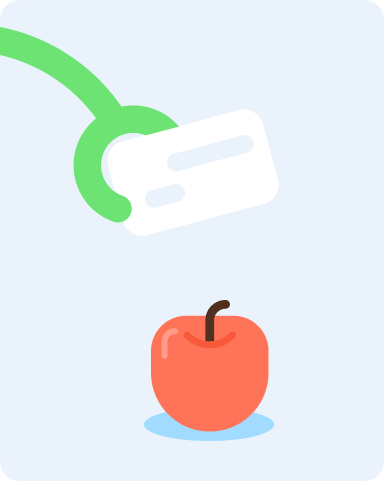

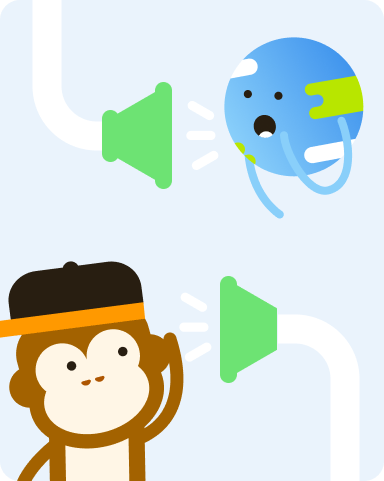
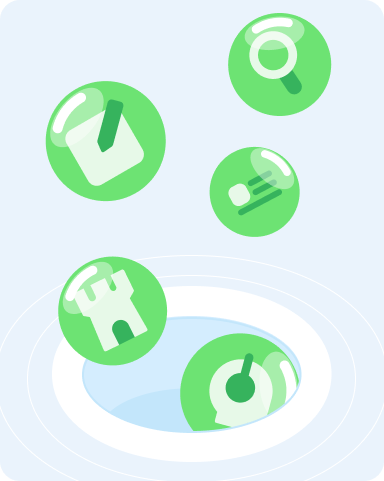
2 minutes to...
Learn new words and how to use them in a sentence.
3 minutes to...
Review vocabulary from current and past lessons with a variety of reinforced gamification techniques.
5 minutes to...
Listen and learn from natives through a conversation taken from a real-life context between 2 people.
And more...
Explore grammar-specific lessons, review features, and culture notes.
Kudos From Our Learners
Frequently asked questions about learning Slovenian
The answer to this question really depends on the individual learner and their native language. Since Slovenian is cateogorized as a south Slavic languages, alongside Croatian, Macedonian, and Bulgarian, it won’t be the easiest to pick up for English speakers. However, if you’re already familiar with Slavic languages, Slovenian should be easy.
According to the Foreign Service Institute (FSI), Slovenian is classified as a category IV language, which means that it will take the average learner 1100 hours to reach proficiency.
Here are some important points to remember when you’re learning Slovenian:
- Grammar: Slovenian uses the subject-object-verb (SOV) structure. It is important to note that the subject isn’t that important in Slovenian because of the richness of their verbs.
- Vocabulary: Most Slovenian words are derived from proto-Slavic roots and have been greatly influenced by other languages, like German, Serbian and Croatian.
- Speaking/Listening: Slovene has 8 vowels and 21 consonants with two dialects: Upper and Lower Carniolan.
- Reading/Writing: Slovenian uses the modified Latin alphabet with an additional six letters.
Slovenian is not a dying language, experts say, and is still spoken by 2.5 million people worldwide! With Slovenia’s growth rate of 0.02% as of 2021, the Slovenian language should also see an increase in speakers. Slovenian is also used in Italy, Austria, Serbia, and Croatia.
In addition, there are also plenty of learning resources when it comes to Slovenian. If you use the Ling app, you should be able to find comprehensive lessons and a variety of different reading, writing, speaking, and listening games. It won’t even feel like you’re learning!
It all depends on how much time you dedicate to learning Slovenian. Speaking fluent Slovenian can take months, even years, depending on your motivation and how much you actually study and practice.
- Your Study Routine: Depending on the number of hours you dedicate to studying per day and your study materials, it may take you more or less time to learn Slovenian. To save yourself time, define your language goals early then. Next, you can choose a language learning tool that aligns with your goals.
Since it takes 1100 hours to learn to speak in Slovenian, you need to create a realistic, detailed study plan for learning the language. You can’t just “wing it” and skip some days and expect to become fluent.
Learning Slovenian means being dedicated and using the right materials in order to maximize your studying.
Here are some of the main factors that can affect your learning progress:
- Your Willingness To Learn: Having the right motivation is important when learning a new language. Your willingness to learn will determine whether you will find Slovenian interesting or extremely difficult. To keep your motivation up, try enrolling in an online class or getting an accountability partner that can keep you on track as you’re just starting to learn the language.
With almost two million native speakers, Slovenian have a rich background and history. The language is close to the Chakavian and Kajkavian dialects used in Serbian and Croatian.
However, due to the distinct differences in grammar, vocabulary, and pronunciation, a Croatian speaker may find it difficult to understand Slovenian, but not impossible.